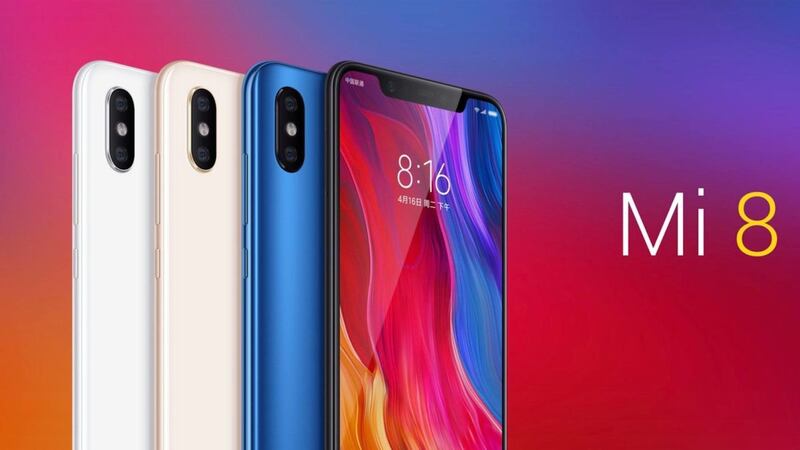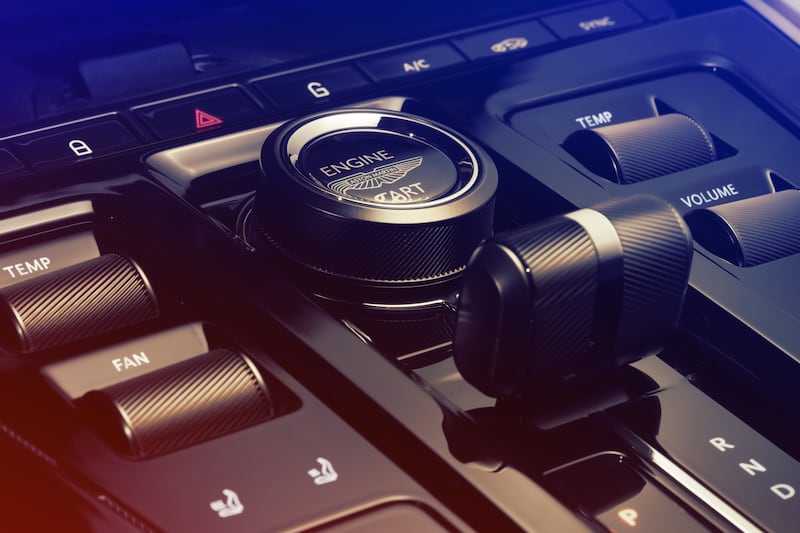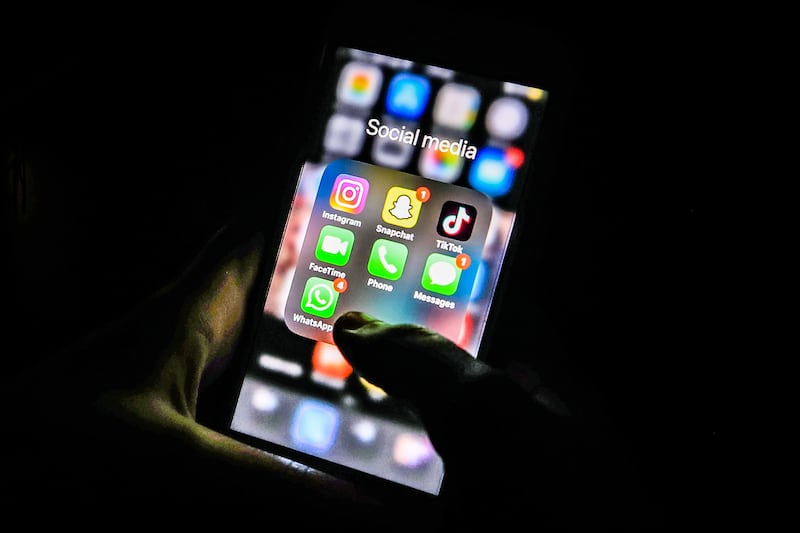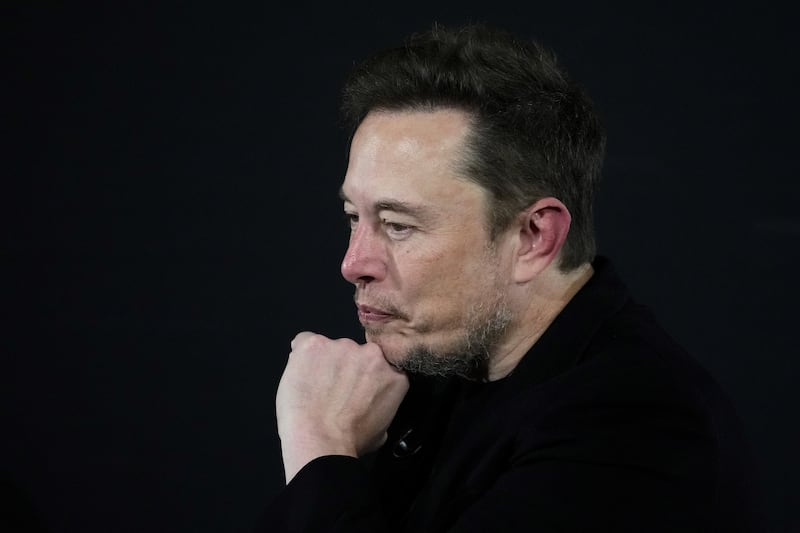Xiaomi may not be a name with which you are completely familiar, or even able to say that well.
But this Chinese consumer electronics firm has built up a loyal following even among Western users, and has its sights squarely set on building its brand abroad.
It may only have been founded eight years ago but Xiaomi is now the biggest smartphone maker in China and the fifth biggest in the world – not bad for a company whose devices are not even available easily in the West.
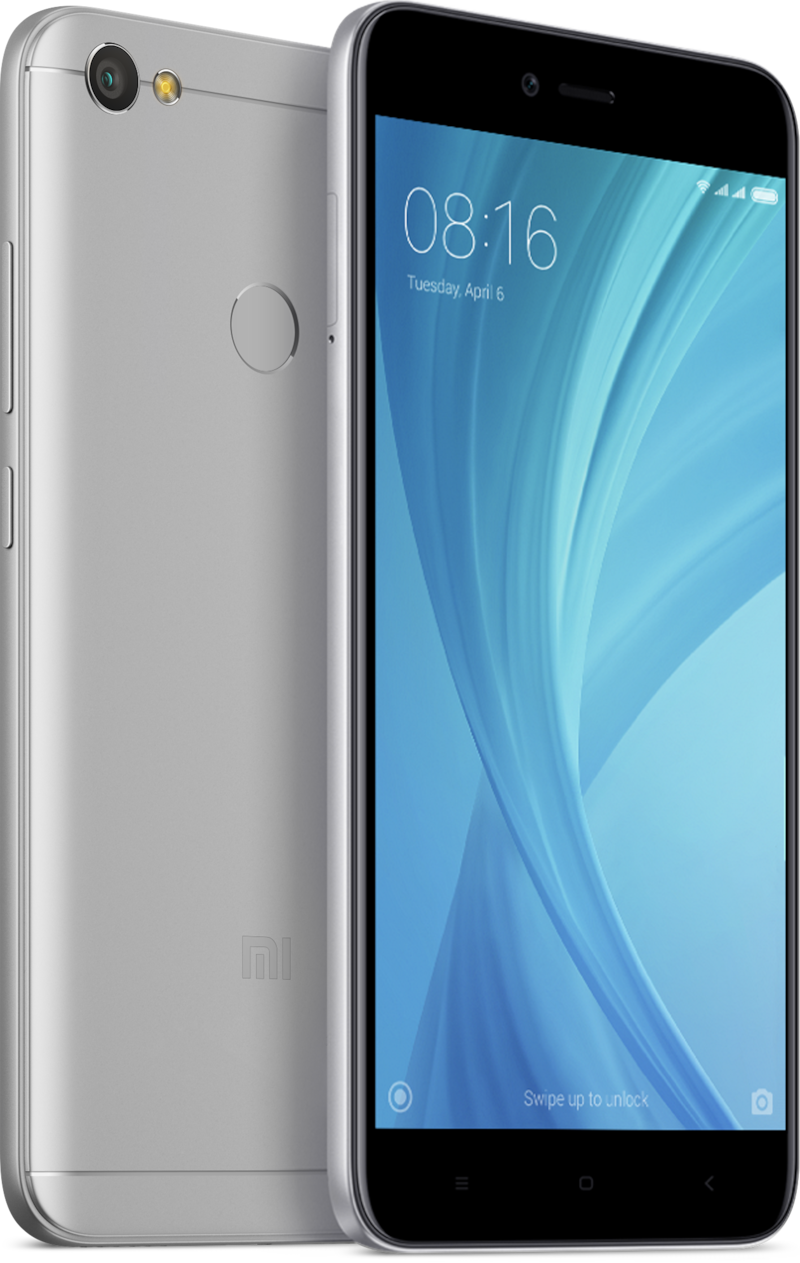
But that is set to change. Mobile network Three will soon be stocking the company’s phones in its UK stores, as well as across western Europe, and the company is keen to emulate the success of rival Chinese firm Huawei, who have started to make inroads as a premium handset manufacturer with the recent launch of the P20 Pro.
Both Xiaomi and Huawei are fascinating in that they are keen to shift perceptions many in the West have of Chinese tech firms being manufacturers of cheap, low to mid-range devices, which is where companies like Oppo, Vivo and ZTE have pitched themselves.
Jusy Hong, research and analysis director for smartphones at IHS Markit said Chinese manufacturers were expanding and strengthening their presence in the Western regions.
“However, only Huawei has meaningful market share with 16% in Europe in the first quarter this year. Other Chinese OEMs account for less than 4% in the region,” he said.
“Market share of Chinese OEMs is lower in the US, as the US government banned Huawei from selling its smartphone through carriers at the beginning of this year and won’t allow ZTE to purchase components from US companies.”
So far, Chinese companies are putting the pressure on firms like Sony, LG and HTC who have tended to focus more on that mid-range area of the mobile market.
Xiaomi is competing on price, but is keen for it to be seen as China’s Apple. Its latest “premium” handset, the Mi 8, boasts – on paper at least – many of the features found in the California titan’s most expensive device.
Face unlock, dual cameras, a notch, full-screen display with no bezels, animated emojis – the list could be taken from Apple’s own marketing materials.
But what’s most striking is that the two devices look similar – so similar, in fact, that some commentators feel it drifts into copying.
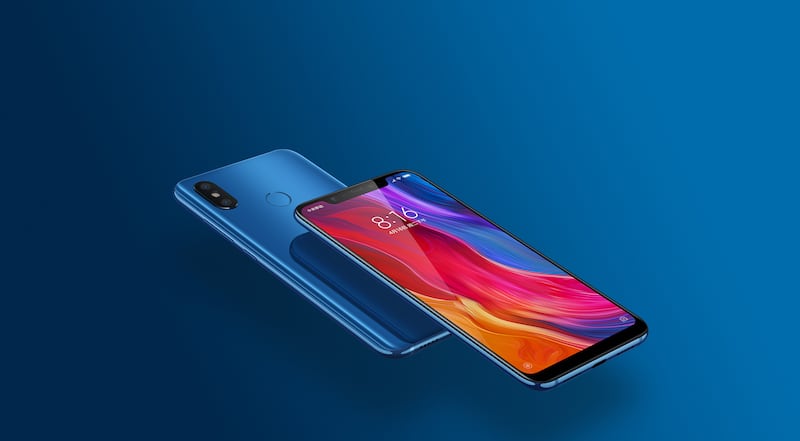
It’s not the first time Xiaomi has been under the microscope for features and designs that bear a striking resemblance to those coming out of the design studio of Apple.
Jusy Hong added: “Xiaomi is still a new brand in Western Europe. And its strength is price.
“Although Xiaomi has a flagship smartphone line-up, the majority of Xiaomi’s smartphone sales comes from its Redmi (low end) range.
“Xiaomi has to compete with Huawei first. Huawei has been investing in Western Europe for many years. There are many consumers who seek cheaper smartphone models in Western Europe, and I believe Xiaomi can target these customers.”
The challenge for Xiaomi is brand awareness – in a competitive field it’s going to take more than price to succeed.
Mr Hong added: “Xiaomi wants to set its brand more like the technology-oriented and fast-moving brands in the regions. However, it would take some time for them to build this image, and it would be difficult to sell more value-added products without brand awareness in the market.”
One of the more striking things about Xiaomi is the sheer range of products it produces – from electric bikes, to drones, to laptops, lamps, routers, to televisions and fitness products. In many ways, Xiaomi is more similar to Samsung and LG than Apple.
Gerrit Schneemann, senior research analyst for smartphones at IHS Markit, said: “One way Xiaomi is trying to fast track brand recognition is to have a broader product portfolio of other electronics, accessories, etc. Other brands, like Oppo or Vivo and even Huawei, do not have the same broad product portfolio available in Western markets.
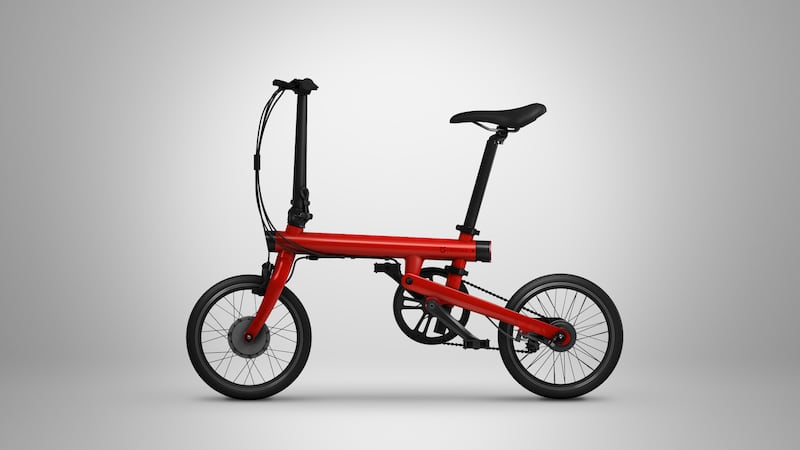
“In addition to price, speed is also a key differentiator. Where companies like LG have huge corporate structures, companies like Xiaomi are more nimble.
“This is also aided by the financial make-up of some of the newer Chinese brands. Xiaomi, for example, is VC funded and looking to IPO. This makes it easier to drive prices down and not focus as much on profitability yet.”
It’s not clear yet which handsets from Xiaomi will be coming to the UK but if you’re looking for a premium-feel handset at a reasonable price, from an ambitious company with its sight set on domination, then this company’s products may well soon be in your pocket and your home before too long.
